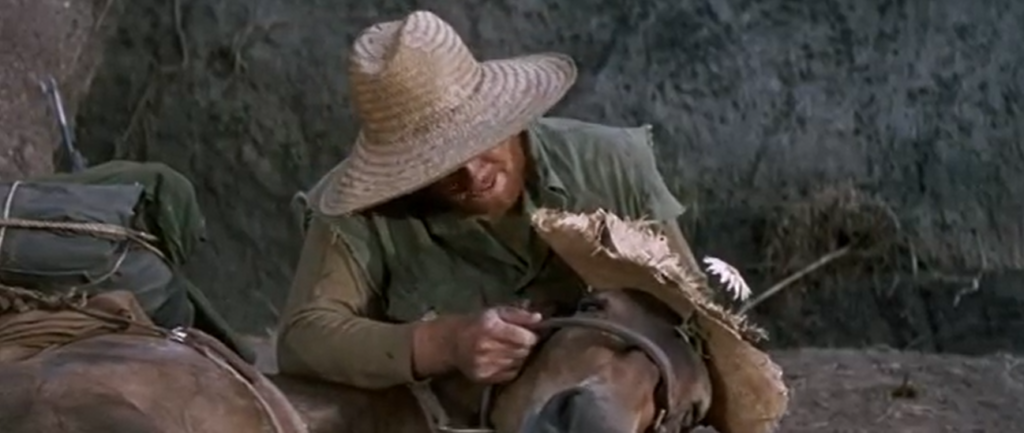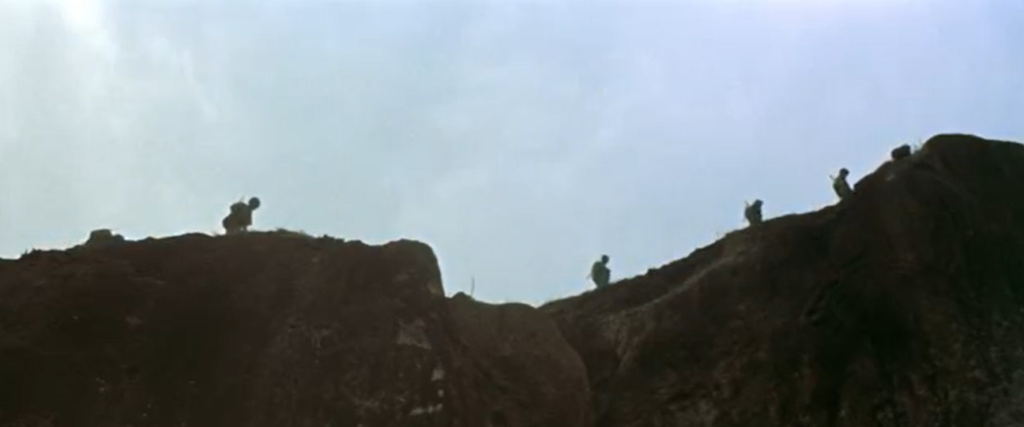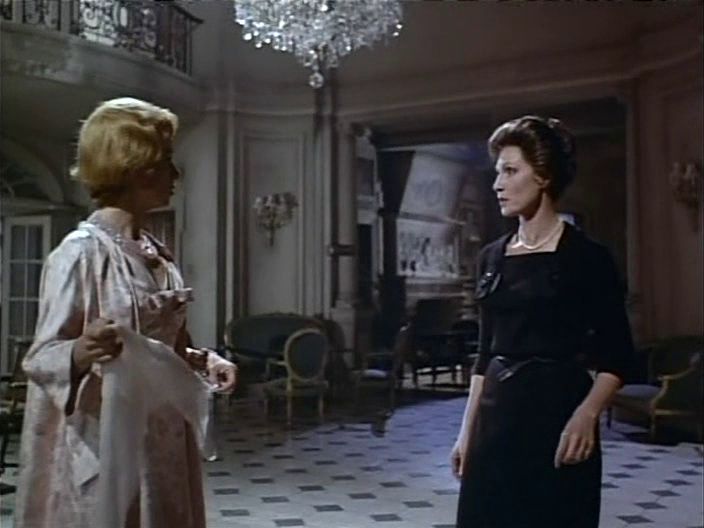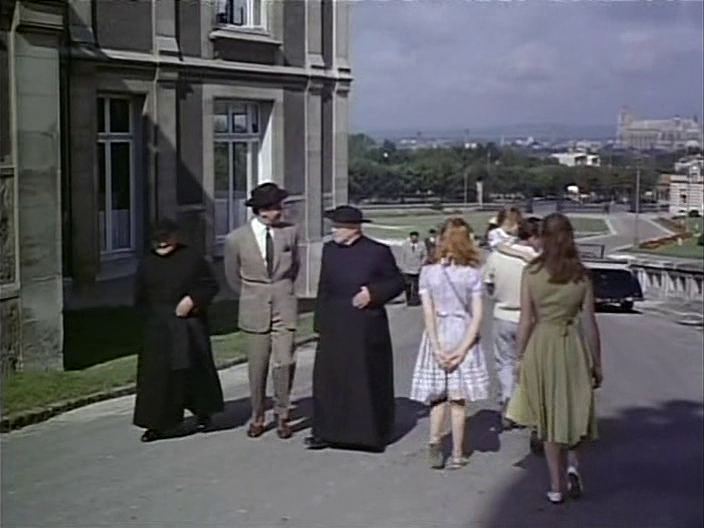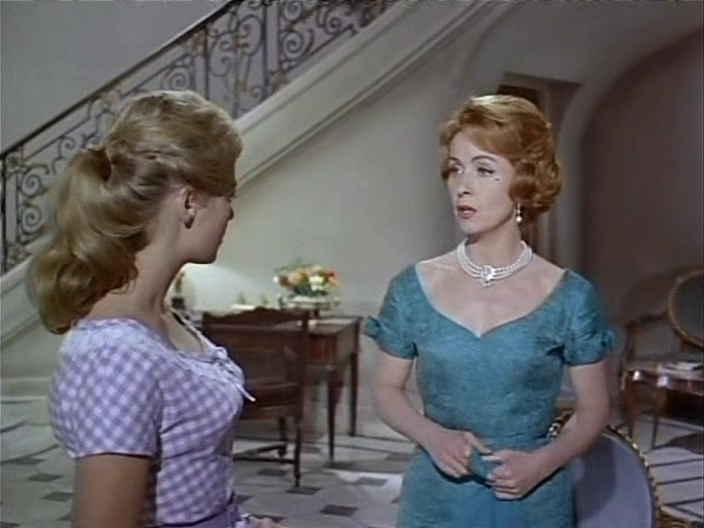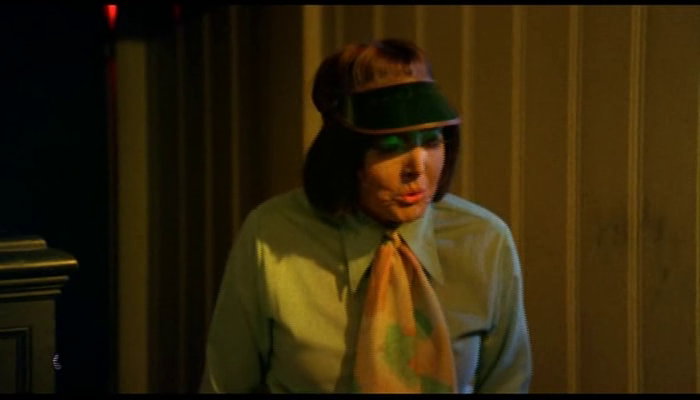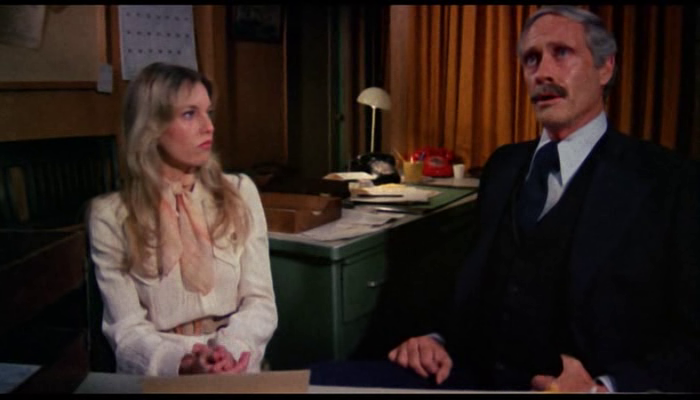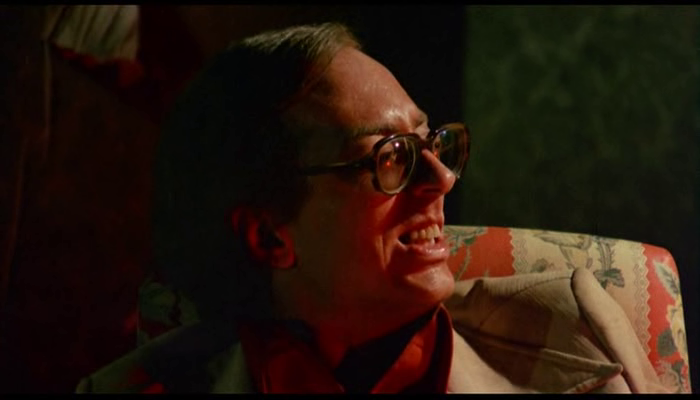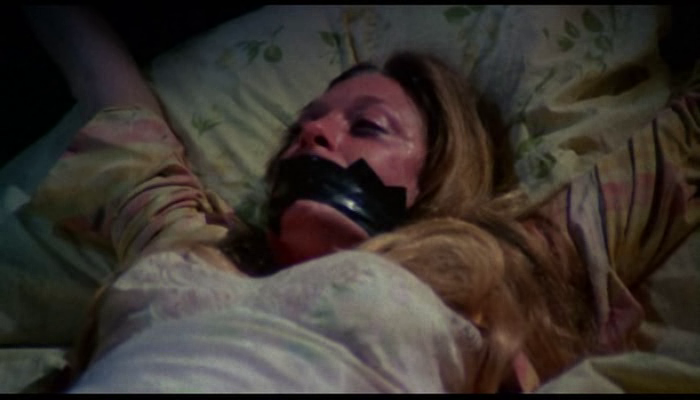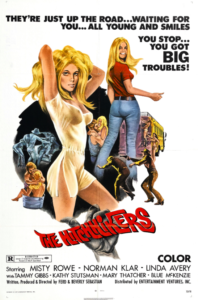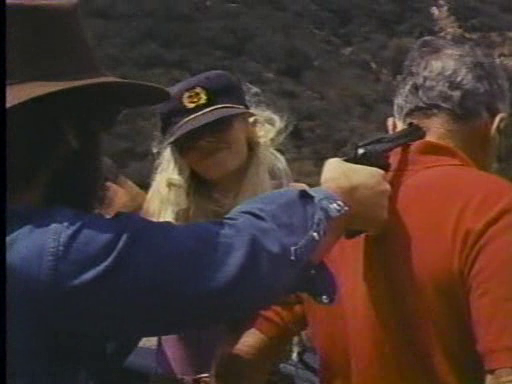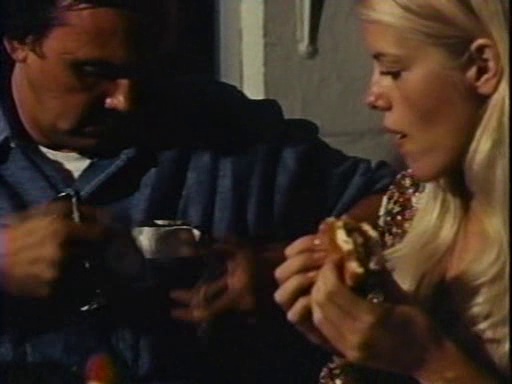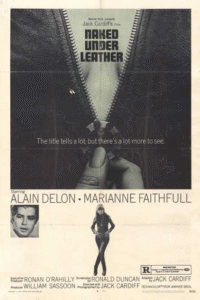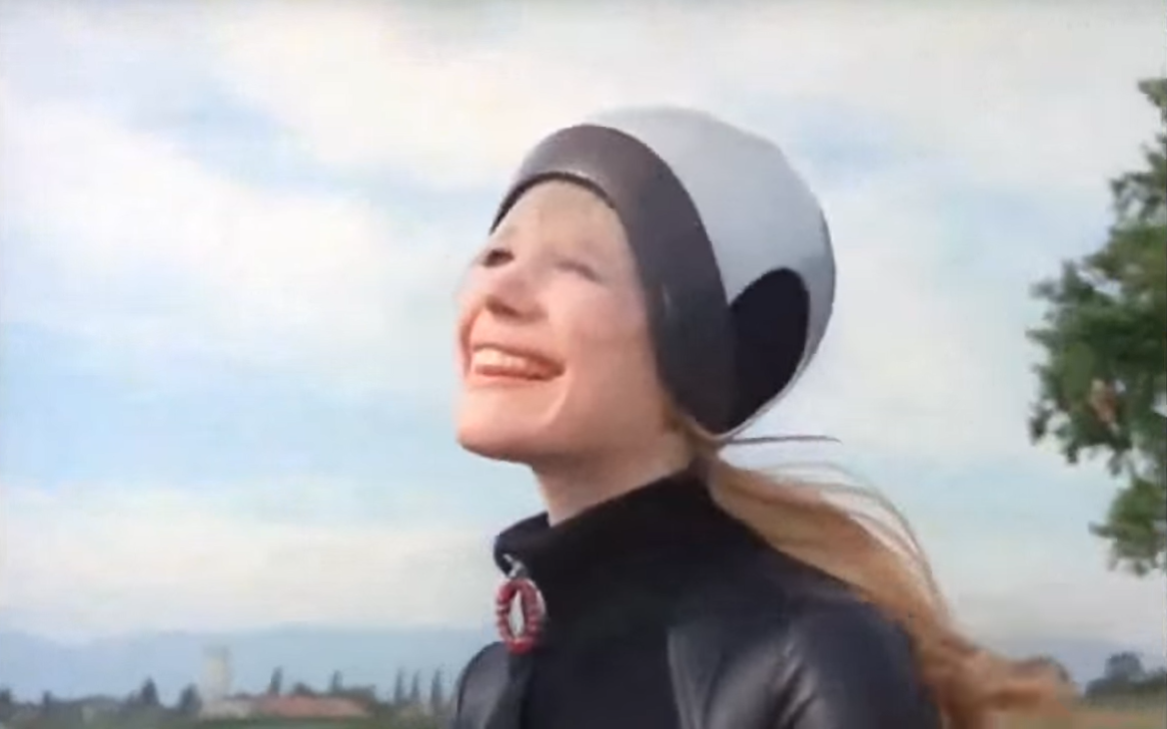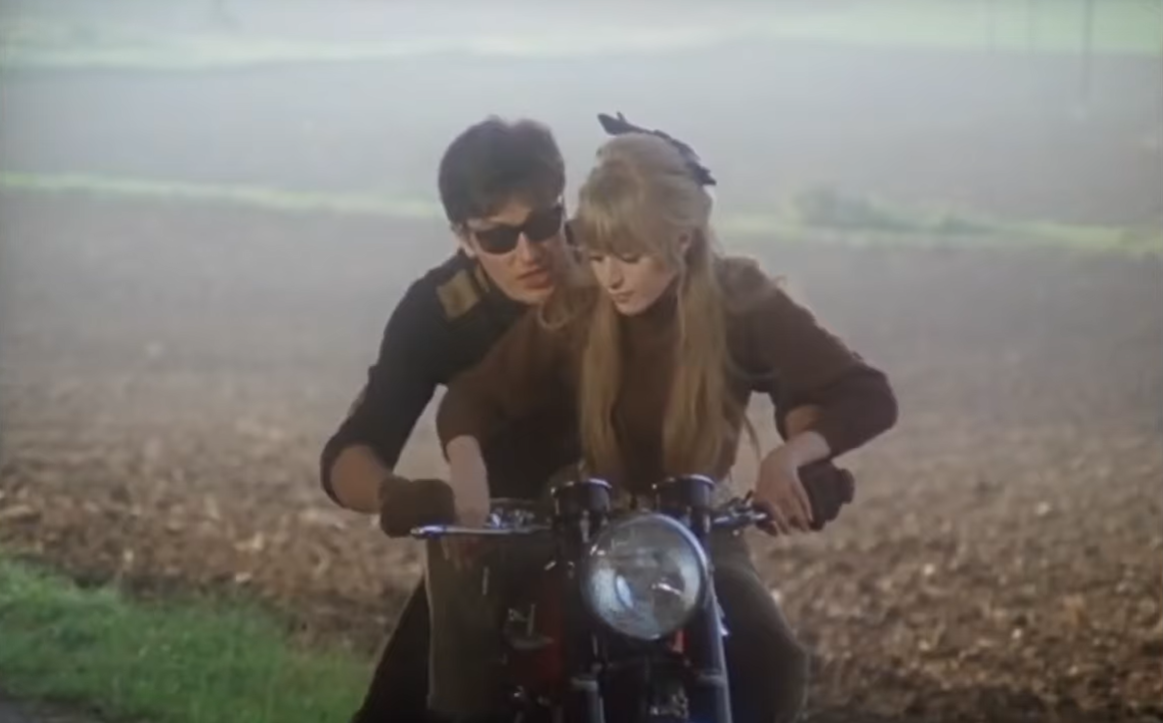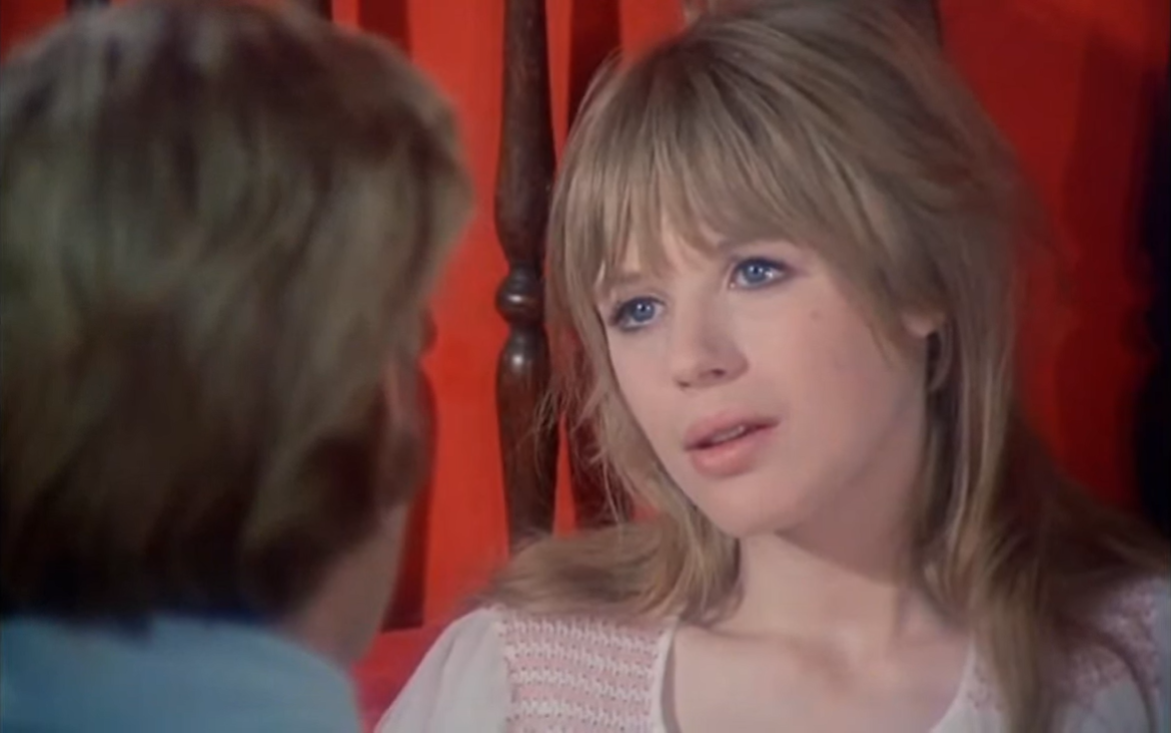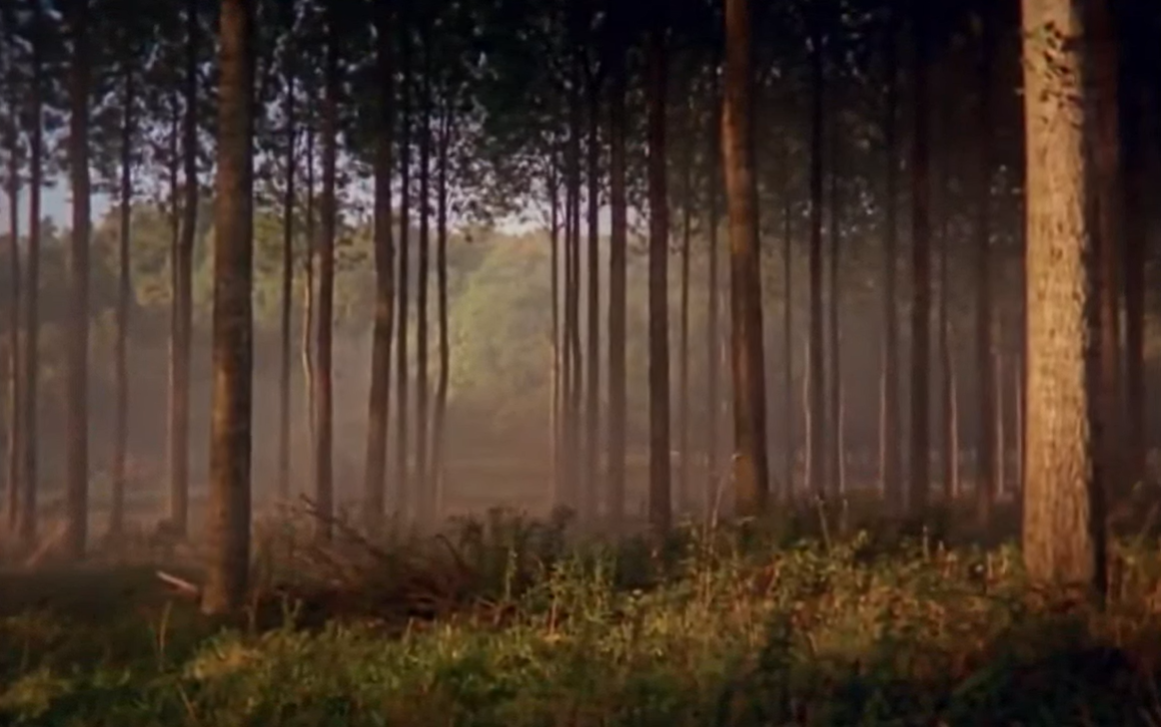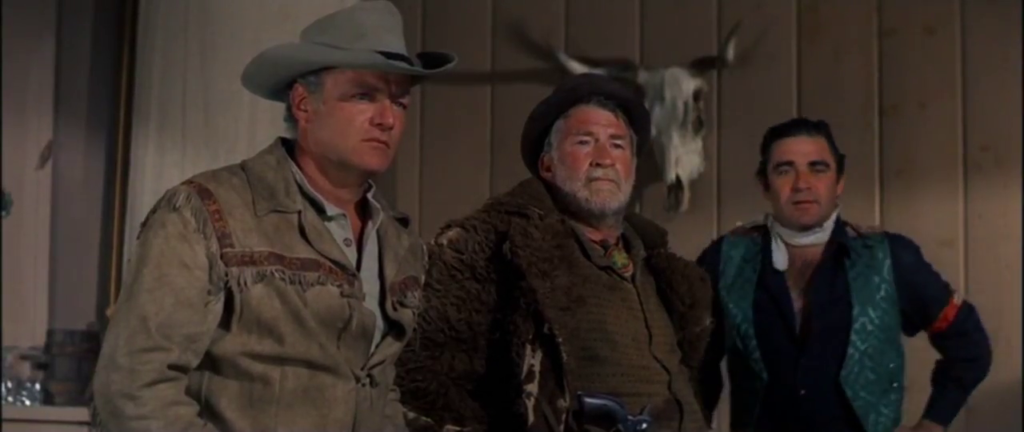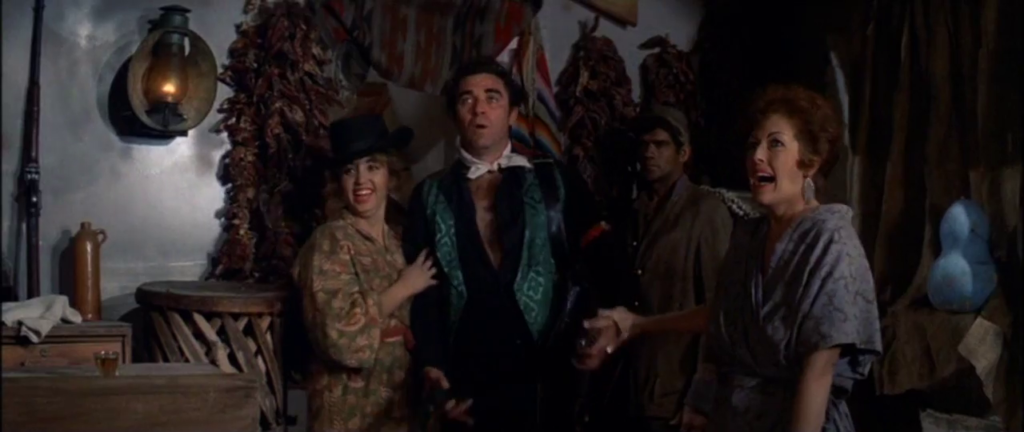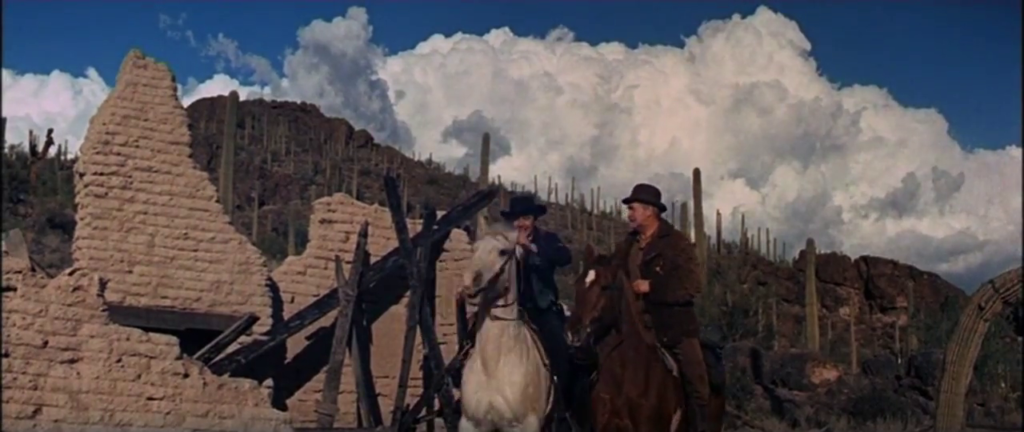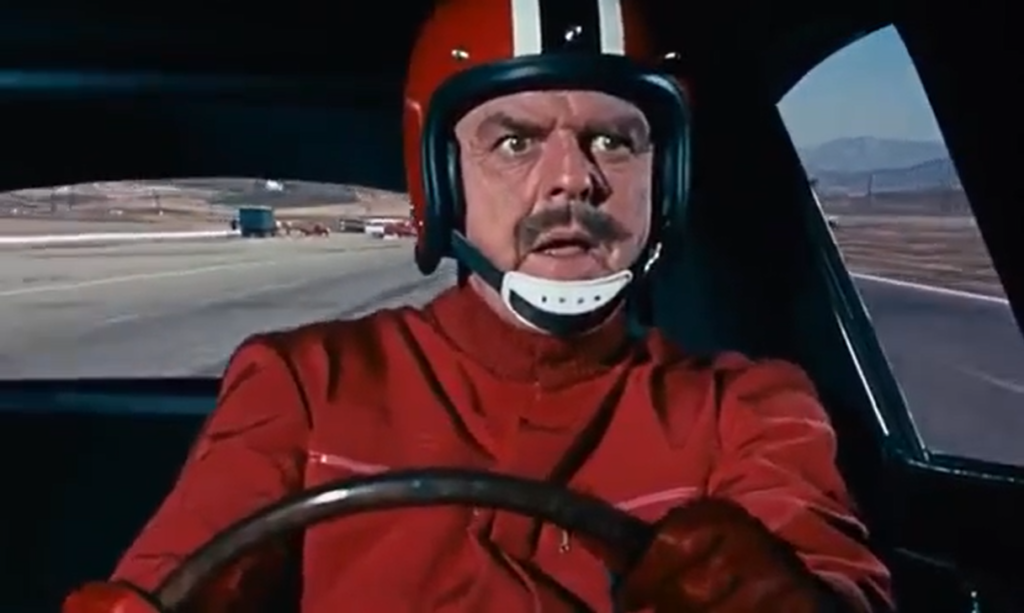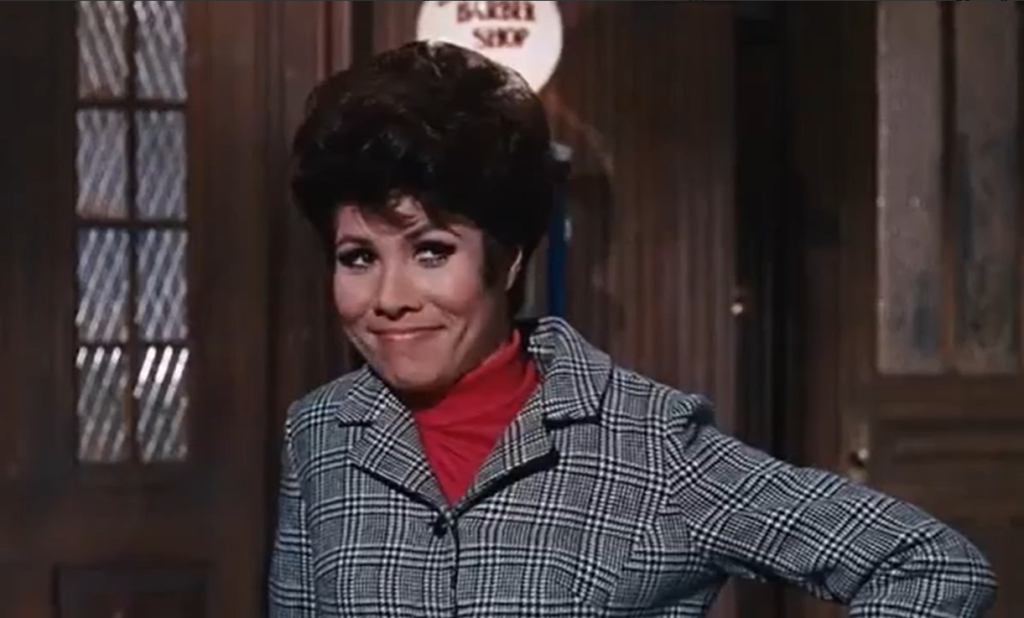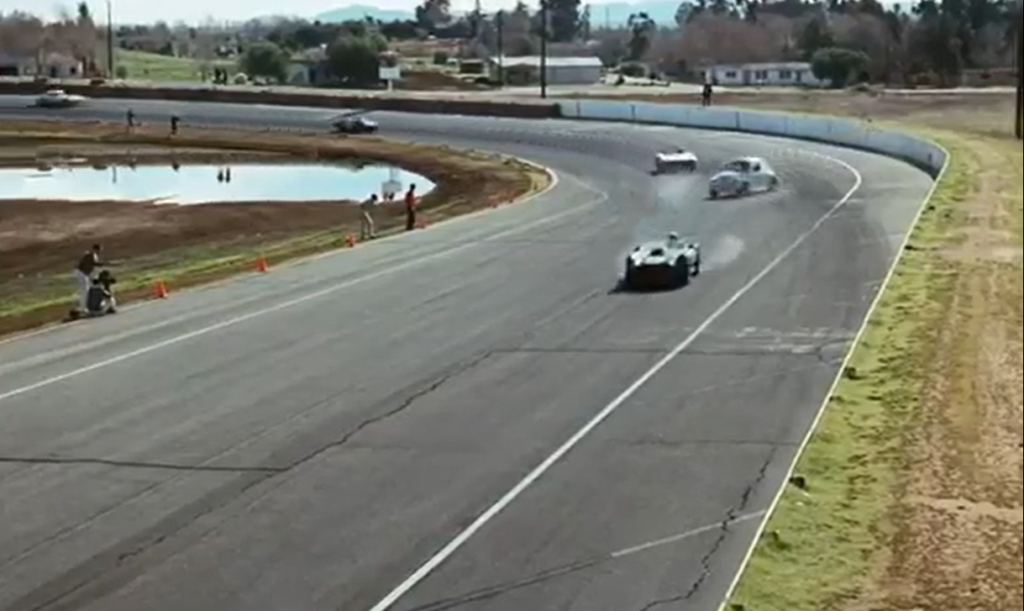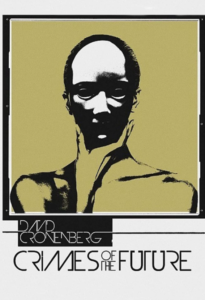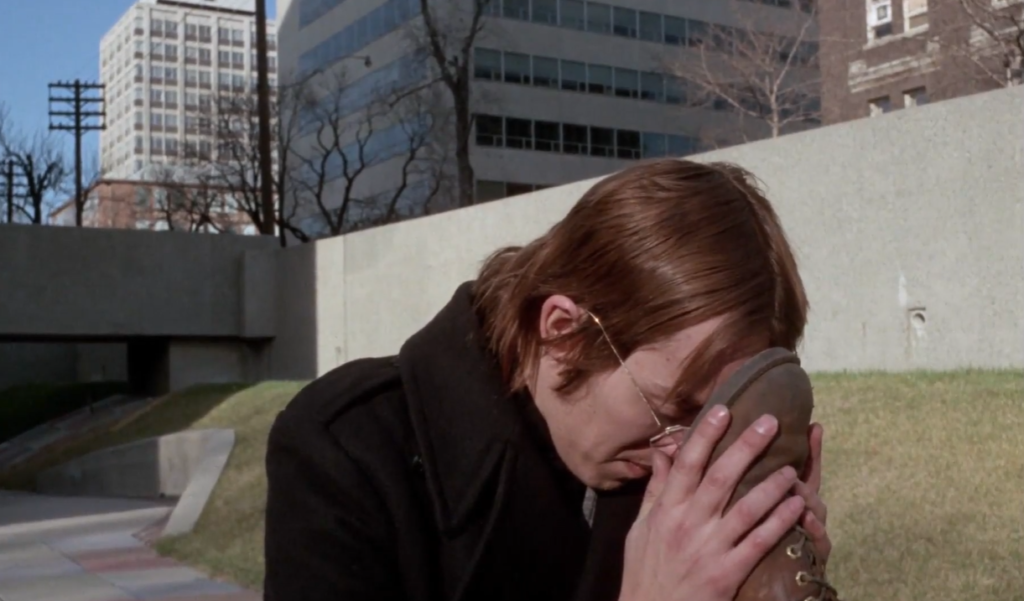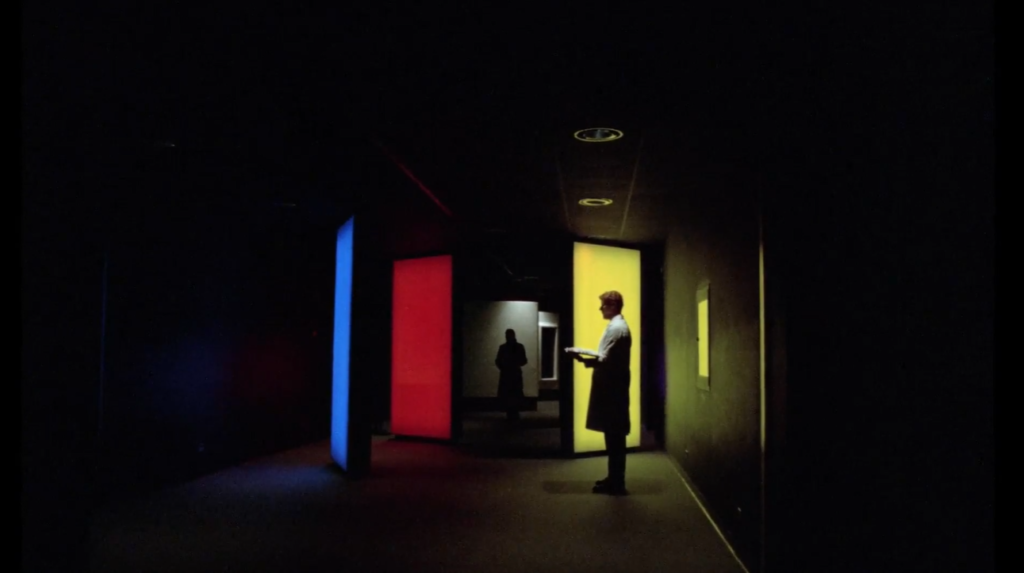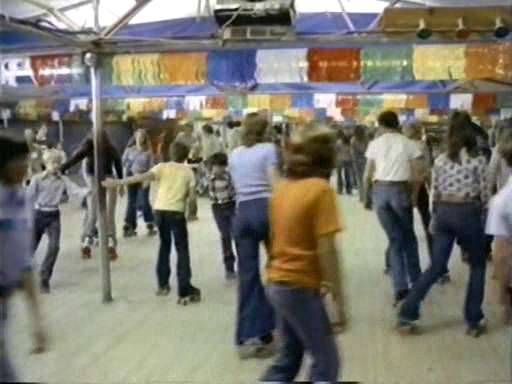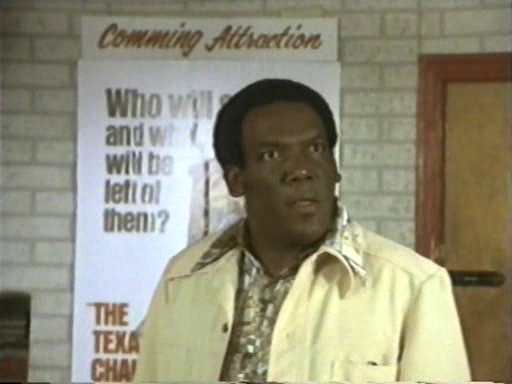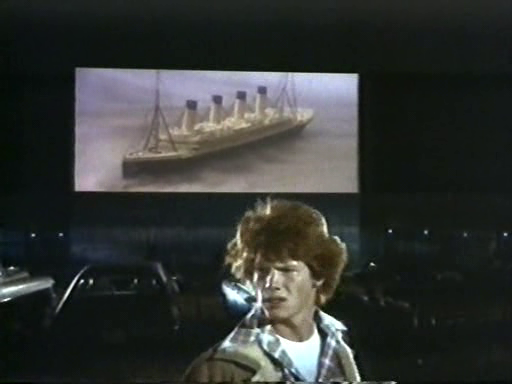Merrill’s Marauders (1962)
“What’s Merrill volunteering us for this time?”
|
Synopsis: |
|
Genres, Themes, Actors, and Directors:
Review: As noted by DVD Savant in his review, Fuller’s film — often referred to as a precursor to his dream personal project, The Big Red One (1980) — remains “a refreshingly straight combat film” with “war movie clichés [kept] to a minimum” and only one obvious instance of comedic relief, as Charlie Briggs adoringly cares for a hatted mule named Eleanor. However, it will primarily appeal to fans of wartime flicks, since there is little else to hold our attention except the fighting (and preparation for fighting). The film’s most strikingly filmed scene occurs when “the troops take a railroad yard, engaging in a crazy-suicidal close combat in an Escher-like maze formed by concrete supports for oil tanks.” William Clothier’s cinematography is also a plus. Notable Performances, Qualities, and Moments: Must See? Links: |


